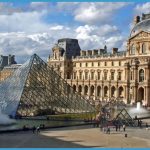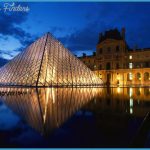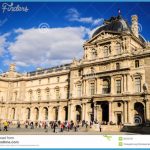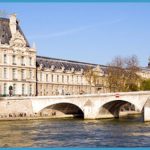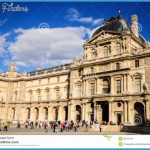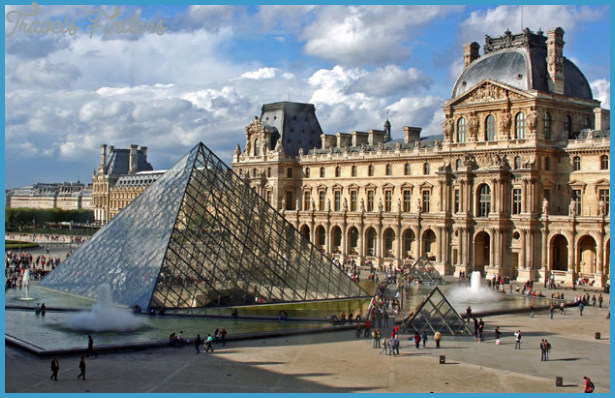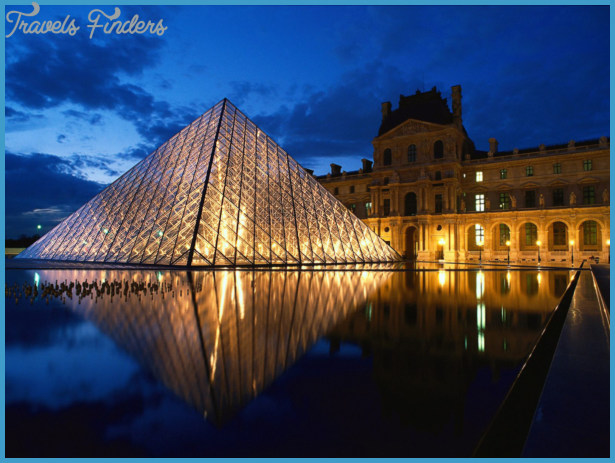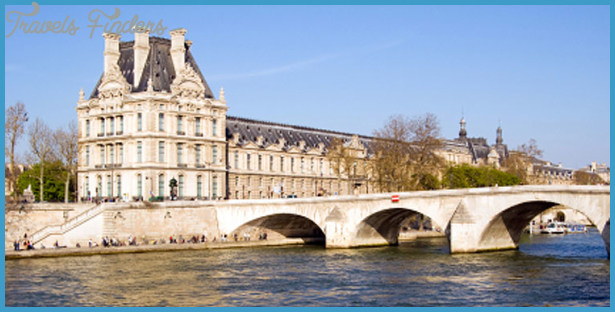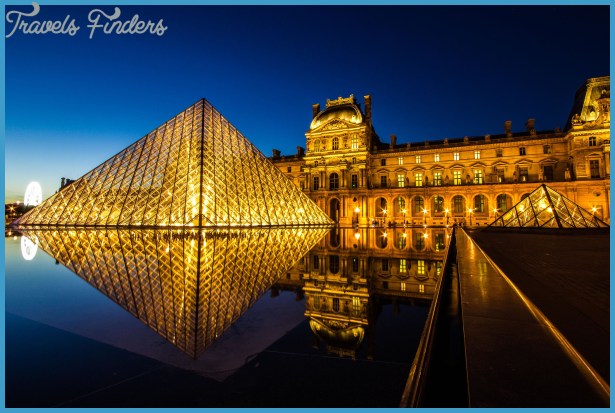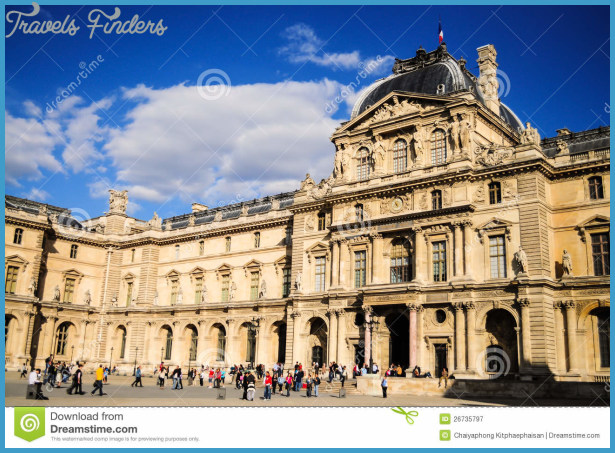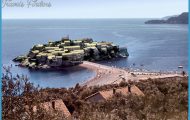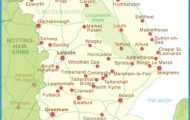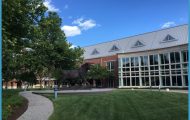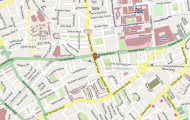MUSEUMS OF FRANCE
The Carte Musees et Monuments grants immediate entry to 70 Paris museums (no waiting in line) and will save you money if you plan to visit three or more museums and major sights per day. It’s available at major museums and Metro stations. (1-day ‚22; 3-days ‚38; 5-days ‚52.)
MUSEE DU LOUVRE . A short list of its masterpieces includes the Code of Hammurabi, Jacques-Louis David’s The Oath of the Horatii, Vermeer’s Lacemaker, and Delacroix’s Liberty Leading the People. Oh, yeah, and there’s that lady with the mysterious smile, too the Mona Lisa. Enter through I.M. Pei’s controversial glass Pyramid in the Cour Napoleon, or skip lines by entering directly from the Metro. When visiting the Louvre, strategy is everything. The Louvre is organized into three different wings: Sully, Richelieu, and Denon. Each is divided into different sections according to the artwork’s date, national origin, and medium. The color-coding and room numbers on the free maps correspond to the colors and numbers on the plaques at the entrances to every room within the wing. (ler. M: Palais-Royal-Musee du Louvre. nOl 40 20 51 51; www.louvre.fr. Open M and W 9am-9:30pm, Th-Su 9am-5:30pm. Closed Tu. Last entry 45min. before closing, but people are asked to leave 15-30min. before closing. Admission M and IV-Sa 9am-3pm ‚7.50, M and W-Sa 3pm-close and Su ‚5. Under-18 and first Su of the month free.)
MUSEE D’ORSAY. While considered the premier Impressionist collection, the museum is dedicated to presenting all major artistic movements between 1848 and WWI. On the ground floor, works from Classicism and Proto-Impression-ism are on display, including Manet’s Olympia, a painting that caused a scandal when it was unveiled in 1865. Other highlights include: Monet’s La Gare St-Lazare and Cathedrale de Rouen series, Renoir’s Le bal du Moulin de la Galette (The dance at the Moulin de la Galette), Edgar Degas’s La classe de danse (The Dance Class), Whistler’s Portrait of the Artist’s Mother, and paintings by Sisley, Pissaro, and Morisot. Over a dozen diverse works by van Gogh follow, including his tormented Portrait de VArtiste. Cezanne’s works experiment with the soft colors and geometric planes that would open the door to Cubism. (62 r. de Lille. 7eme. M: Solferino; RER: Musee d’Orsay. s01 40 49 48 14; www.musee-orsay.fr. Open June 20-Sept. 20 Tu-W and F-Su 9am-6pm, Th 9am-9:45pm; Sept. 21-June 19 Tu-W and F-Su 10am-6pm, Th 10am-9:45pm. Closed M. Last ticket sales 45min. before closing. ‚7, ages 18-25 and Su ‚5. Under-18 and first Su of every month free. Tours in English Tu-Sa 11:30am, 2:30pm. ‚5.50.)
CENTRE NATIONAL D’ART ET DE CULTURE GEORGES-POMPIDOU. This inside-out building has inspired debate since its opening in 1977. The exterior is a sight, with chaotic colored piping and ventilation ducts, but it’s an appropriate shell for the Fauves, Cubists, and Pop and Conceptual works inside. (PI. Georges-Pompidou, 4bme. M: Rambuteau or Hotel-de-Ville. s 01 44 78 12 33. Centre open W-M 11am-10pm; museum open W-M llam-9pm, last tickets 8pm. Permanent collection ‚5.50, students and over-60 ‚3.50.1st Su of month free.)
MUSEE RODIN. The 18th-century Hotel Biron holds hundreds of sculptures by Auguste Rodin (and by his student and lover, Camille Claudel), including the Gates of Hell, The Thinker, Burghers of Calais, and The Kiss. (77 r. de Varenne, 7bme. M: Varenne. s01 44 18 61 10; www.musee-rodin.fr. Open Tu-Su Apr.-Sept. 9:30am-5:45pm; Oct.-Mar. 9:30am-4:45pm. ‚5; seniors, 18-25, and Su ‚3.)
MUSEE PICASSO. This museum follows Picasso’s career from his early work in Barcelona to his Cubist and Surrealist years in Paris and Neoclassical work on the Riviera. (5 r. de Thohgny, 3&me. M: Chemin Vert. 01 42 71 63 15. Open Apr.-Sept. M and W-Su 9:30am-6pm; Oct.-Mar. 9:30am-5:30pm; last entrance 30min. before closing. Admission ‚5.50, Su and ages 18-25 ‚4. Under-18 free.)
MUSEE CARNAVALET. Housed in Mme. de Sevigne’s 16th-century hotel parti-culier, this amazing museum traces Paris’s history, with exhibits on the city from prehistory and the Roman conquest to 18th-century splendor and Revolution, 19th-century Haussmannization, and Mitterrand’s Grands Projets. (M: Chemin-Vert. 23 rue de SGvigne, 3eme. s01 44 59 58 58; www.paris.frmusees museecarnavalet. Open Tu-Su 10am-5:40pm; last entrance 5:15pm. Admission free. Special exhibits ‚5.50, students and elderly ‚4, ages 13-18 ‚2.50. Under-12 free.)
MUSEE DE CLUNY. One of the world’s finest collections of medieval art, the Musee de Cluny is housed in a medieval monastery built on top of Roman baths. Works include the La Dame et La Licorne (The Lady and the Unicom), a studding medieval tapestry series. (6 pi Paul Painleve, 5£me. M: Cluny-La Sorbonne. 01 53 73 78 00. Open M and W-Sa 9:15am-5;45pm; last ticket sold at 5:15pm. ‚6.70; students, under-25, over-60, and Su ‚5.20; under-18 free.)
MUSEE MARMOTTAN MONET. This hunting-lodge-tumed-mansion features an eclectic collection of Empire furniture, Impressionist Monet and Renoir canvases, and medieval illuminations. (2 r. Louis-Boilly, 16eme. M: La Muette. Follow Chaussee de la Muette (which becomes av. Ranelagh) through the Jardin du Ranelagh. -80144 96 50 33. Open Tu-Su 10am-6pm. ‚6.50, students ‚4.)
LA VILLETTE. This vast urban renewal project encloses a landscaped park, a science museum, a planetarium, a conservatory, a concerttheater space, a high-tech music museum, and more. (19eme. M: Porte de la Villette or Porte de Pantin. Music museum open Su 10am-6pm, Tu-Sa noon-6pm. ‚6.10, students ‚4.60, under-18 ‚2.30. Science museum open Su 10am-7pm, Tu-Sa 10am-6pm. ‚7.50, under-25 ‚5.50.)
INVALIDES MUSEUMS. The resting place of Napoleon also hosts the Musee de I’Armee, which celebrates French military history, and the Musee de I’Ordre de la Liberation, on bd. de Latour-Maubourg, which tells the story of the Resistance fighters. (Esplanade des Invalides, 7bme. M: Invalides. nOl 47 05 04 10. Open daily Apr.-Sept. 10am-6pm; Oct.-Mar. 10am-5pm; last ticket sales 30min. before closing. Admission to all 3 museums ‚7, students ‚5. Under-18 free. MCV.)
PALAIS DE TOKYO. Part of the magnificent Palais houses the Musee d’Art Moderne de la Ville de Paris, one of the world’s foremost collections of 20th-century art. (M: Una. 11 av. du President Wilson, 16eme. s01 53 67 40 00. Wheelchair-accessible. Open Tu-F 10am-5:30pm, Sa-Su 10am-6:45pm. Admission to permanent exhibitions free; special exhibits admission varies, expect approximately ‚5, students ‚2.20-3.) On the other side, the site creation contemporaine displays several exhibits a year of exciting, controversial contemporary art. (Open Tu-Su noon-midnight Admission varies with exhibit, expect approximately ‚5, with reduced student, youth, and senior prices. Free admission for art students.)
INSTITUT DU MONDE ARABE. Featuring art from the Maghreb and the Near and Middle East, the riverside facade is shaped like a boat, representing the migration of Arabs to France. (1 r. des Fosses St-Bernard, 5eme. M: Jussieu. From the Metro, walk down r. Jussieu away from the Jardin des Plantes. s01 40 51 38 38. M: Jussieu. Open Tu-Su 10am-7pm; library open Tu-Sa l-8pm. ‚4.)
MUSEE DE LA MODE ET DU COSTUME. With 30,000 outfits and 70,000 accessories, the museum has no choice but to showcase fashions of the past three centuries. A fabulous place to see the history of Parisian fashion, society, and haute couture. (10 av. Pierre l-de-Serbie, 16eme, in the Palais Galleria. M: lena. s01 56 52 86 00. Open Tu-Su 10am-6pm; last entrance 5:30pm. ‚7, students and seniors ‚5.50.)
MUSEE JACQUEMART-ANDRE. The fantastically ornate former home of Nelie Jac-quemart and her husband contains a collection of Renaissance artwork worthy of the most prestigious museums in Paris. (M: Miromesnil. 158 bd. Haussmann, 8’eme. 01
Open daily 10am-6pm; last entrance at 5:30pm. ‚8, students and ages 7-17 ‚6. Under-7 free. English headsets free with admission.)
MUSEE D’HISTOIRE NATURELLE. Three museums in one. The Grande Galerie de I’Evolution tells the story of evolution via a Genesis-like parade of naturalistic stuffed animals. Next door, the Musee de Mineralogie contains some lovely jewels. The Galeries d’Amatomie Comparee et de Paleontologie, at the other end of the
garden, whose exterior looks like a Victorian house of horrors, is filled with a ghastly collection of fibias, rib-cages, and vertebrae formed into historic and pre-historic animals. (M: Gare d’Austeriitz. 57 r. Cuvier, in the Jardin des Plantes, 5&me. s01 40 79 30 00; www.mnhn.fr. M: Gare d’Austeriitz. Grande Galerie de I’Evolution open M and IV-Su 10am-6pm, Th lOam-lOpm. ‚6.10, students ‚4.60. Musee de Mineralogie open M and W-Su 10am-6pm. ‚4.60, students ‚3. Galeries d’Anatomie Comparee et de Paleontologie open M and W-Su 10am-5pm, Apr.-Oct Sa-Su until 6pm. ‚4.60, students ‚3.)
MUSEE D’ART ET D’HISTOIRE DU JUDAISME. Recently renovated and housed in the grand Hotel de St-Aignan, this museum was once a tenement populated by Jews fleeing Eastern Europe. It displays a history of Jews in Europe, France, and North Africa. (M: Hotel de Ville. 71 r. du Temple, 3eme. s01 53 01 86 60; www.mahj.org. M: Rambuteau. Open M-F llam-6pm, Su 10am-6pm. Admission ‚6.10, students and ages 18-26 ‚3.80. Under-18 free: includes an English audioguide. Wheelchair accessible.)
GALLERIES. Evidence of its still thriving artistic scene, Paris has dozens of galleries displaying the work of international artists both established and up-and-coming. The highest concentration of hip contemporary art galleries is in the Marais. Cutting-edge paintings, sculptures, and photography peek out of store-front windows. The Champs-Elysee area in the 8eme, on the other hand, is loaded with Old Masters. Galleries near M: Franklin D. Roosevelt on the Champs-Elysees, av. Matignon, r. du Faubourg St-Honore, and r. de Miromesnil focus on Impressionism and post-impressionism. The 13eme also has a coterie of new galleries along rue Louise-Weisse (M: Chevarelet) and the perpendicular rue Duchefdelaville. The Portes Ouvertes festival (May-June; check Pariscope for information) allows visitors to witness artists in action in their studios. Almost all galleries close at lunchtime, on Mondays, and in August
NIGHT MUSIQUE
While the Fete de la Musique is celebrated nationwide on June 21, it should be no surprise that Paris brings in the biggest crowds. We’d love to tell you which part of the city serves as the epicenter for this huge, crazy festival, but there isn’t one: the entire city is engulfed.
While you can catch a few acts as early as noon, it isn’t until about 8pm that the city really gets humming. Head to one of the major places to see big international acts-2003’s lineup included Robbie Williams and Simply Red. After the big shows end, wander whatever area you find yourself in. Every cafe and bar stays open through the night, pumping music into the street. Musicians of all sorts can be found on every corner. Everything is free-including entry into normally pricey venues-and vendors blanket the city with hot dogs and shish kebab sandwiches (‚4) and beer (‚2). Some subway lines stay open later and night buses run on more regular schedules. For ‚2.50, you can buy an unlimited metro pass good from the evening of June 21 through the morning of June 22, but you may have a difficult time getting home between midnight and 6am. Consider doing what the Parisians do-stay out and party until the sun comes up. You’ll be glad you did (01 40 03 94 70).

